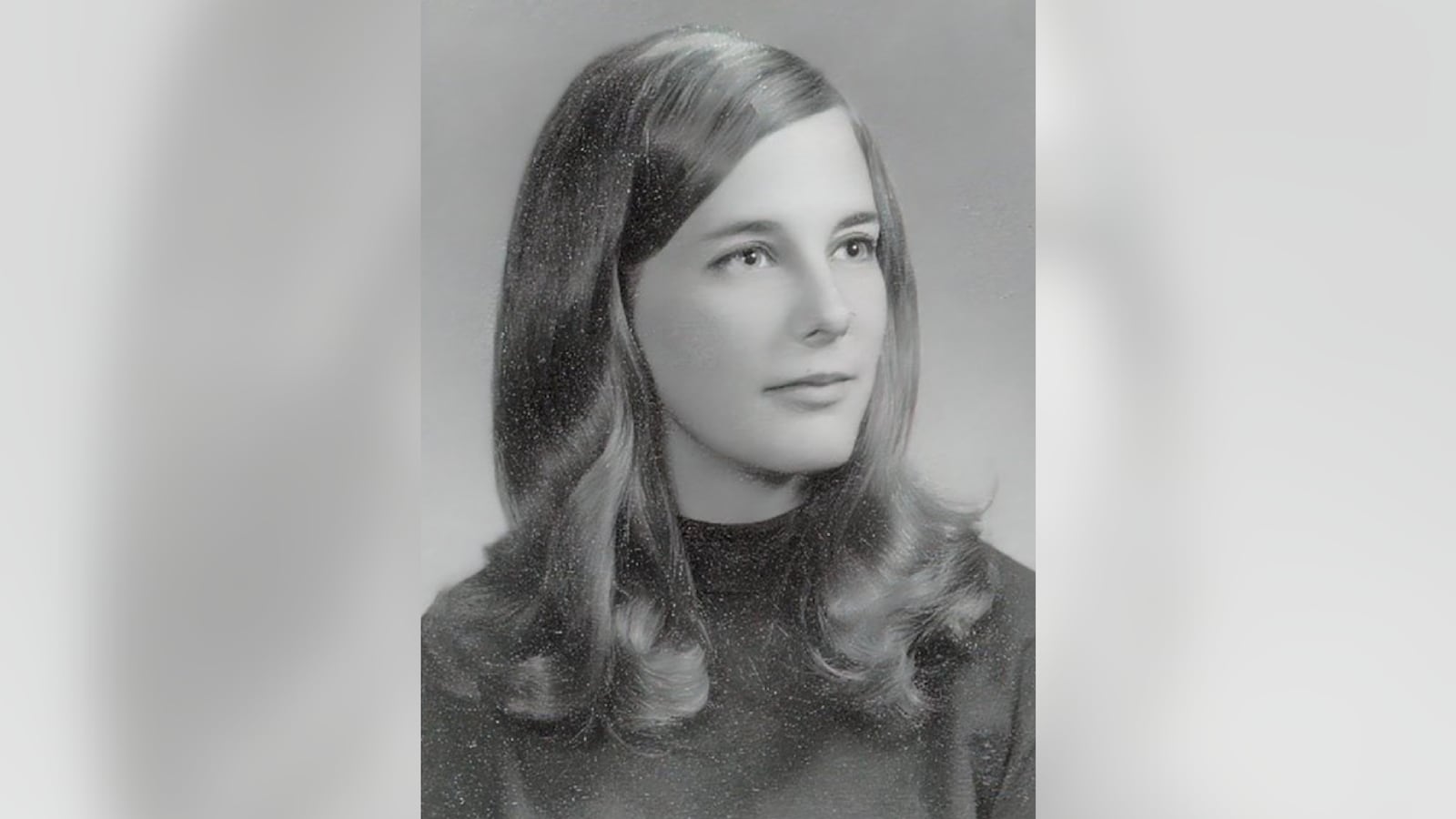For four decades, the sexual assault and murder of a 32-year-old hospital nutritionist—who had recently moved from Michigan for a new job in Council Bluffs, Iowa—had stumped authorities.
But this week, investigators announced that genetic genealogy has helped them crack the case, revealing a strange twist to the 40-year saga.
Council Bluffs authorities say they’ve concluded that Thomas O. Freeman, a trucker from West Frankfort, Illinois, murdered Lee Rotatori at a hotel located alongside two interstates. Freeman, who they believe committed the murder while passing through on a trucker job, would have been 32 when he stabbed the hospital worker to death in her hotel room in June 1982.
But in an odd turn of events, Freeman was murdered months later and his body was dumped in a wooded area in rural Illinois that wasn’t far from where he lived. Cops have yet to identify his killer, but now believe it could be linked to Rotatori’s murder.
Before she was killed, Rotatori was temporarily staying at the Best Western Frontier Hotel after relocating to the area and starting a job as a food services director at Jennie Edmundson Hospital. She had plans to live at the hotel until her husband could drive to meet her with their mobile home, according to a report at the time from the Omaha World-Herald.
After she failed to show up for work on June 25, 1982, just days after starting orientation, a hotel employee discovered her body in her ground floor hotel room clad in pajamas soaked blood from a single stab wound, according to the Daily Nonpareil a local newspaper in southwest Iowa. The Pottawattamie County medical examiner said she may have been dead for 12 hours and that she had been sexually assaulted.
There were no signs of forced entry or a struggle, Eldon Jones, the police captain at the time said, telling the Lincoln Journal Star shortly after Rotatori's murder that there were “no solid leads” in the case.
Local authorities worked the case with the Michigan State Police, and collaborated to chase down leads and interview witnesses. Rotatori’s husband, Jerry Nemke, was ruled out as a suspect when he presented a convincing alibi although he was arrested years before in Chicago as a teen and was later convicted of beating a waitress to death in 1960. He was released in 1978 and married Rotatori that year. The couple divorced and remarried in 1981, according to the Nonpareil.
After exhausting leads, the case went cold until 2001 when evidence was submitted to a state crime lab which developed a male DNA profile. The development of the profile was promising, but didn’t seem to match any of the DNA records in state and federal DNA databases.
For years, the databases were scanned for matches without luck. Investigators were stumped until further strides in DNA technology made it possible to crack the case.
In 2018, investigators considered whether genetic genealogy might be an option. Police Capt. Todd Weddum told the Nonpareil that the strategy occurred to him after watching a program about how it was used to crack the Golden State Killer case. “There wasn’t much else we could do on the case,” he said.
Months later, Council Bluffs investigators submitted the suspect’s DNA profile to Parabon Nanolabs, opening a genetic genealogy case. After the Virginia-based company returned a DNA profile of the suspect, it began comparing that profile against DNA submitted to family tree websites.
Investigators reached out to family, but the initial match was a distant relative of the suspect—again leaving Rotatori’s killer just out of reach—until Eric Schubert, a college student with a knack for genealogical research offered to help try to zero in on the suspect in March 2020.
“He was very rapidly able to get to the great-grandparent of our subject,” Council Bluffs Police Detective Steve Andrews, who has worked the case since 2011, told the Nonpareil. As relatives were identified, investigators would ask them to submit kits in the hopes of getting a match.
The suspect was eventually narrowed down to two brothers. Based on their ages at the time of the crime, cops pointed to the elder Freeman as their suspect.
“It took this new technology to solve this case,” Weddum told the Nonpareil.
To confirm their theory, investigators tracked down Freeman’s daughter for a DNA sample and submitted it to Iowa’s Division of Criminal Investigation lab. Her DNA showed a parent and child relationship match to the DNA found in Rotatori’s case, they said.
The discovery of Rotatori’s killer nearly 40 years later was a massive breakthrough in the case, although further investigation revealed that Freeman was killed shortly after he allegedly murdered Rotatori.
October 30, 1982, his body was found in a shallow grave near Cobden, Illinois, with multiple gunshot wounds. Decomposition suggested that he had been dead for roughly three months before his remains were found, cops said. His case hasn’t been solved, but Council Bluffs police say they are assisting the Illinois State Police to examine whether Freeman’s murder was linked to his role in Rotatori’s death.
“I’m not a real big believer in coincidences,” Weddum told the Nonpareil, explaining that Rotatori’s husband, Nemke, who died in 2019, is considered a person of interest in Freeman’s murder.
“With his known history of being in the area of where our suspect lived and where our suspect died, it raises suspicions of his involvement. That he possibly could’ve been involved,” Weddum said.









